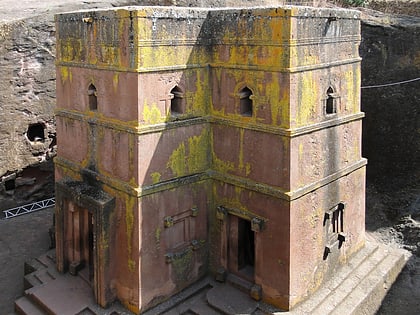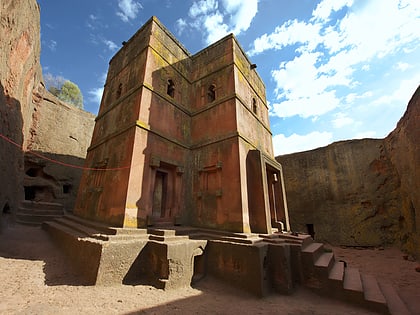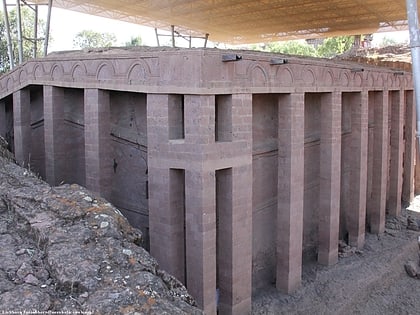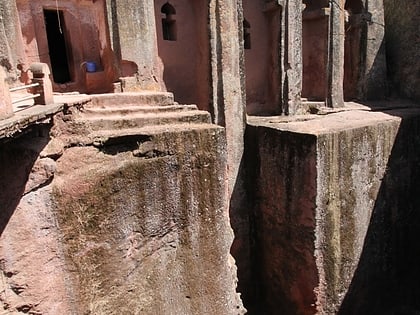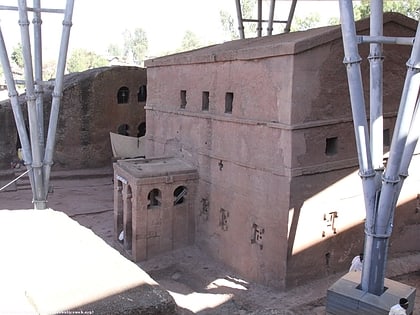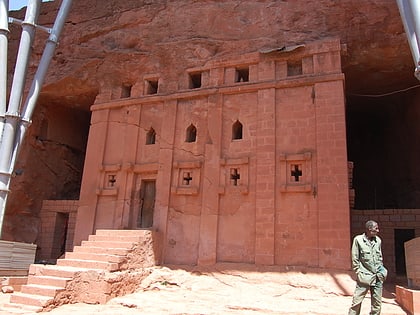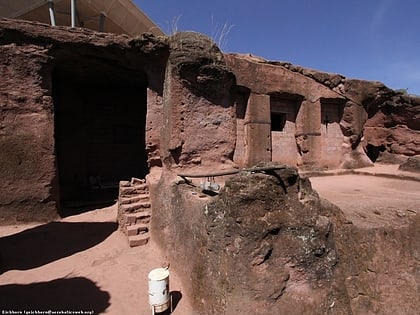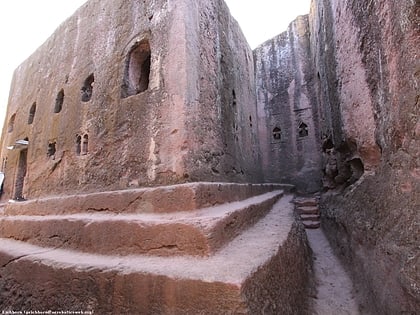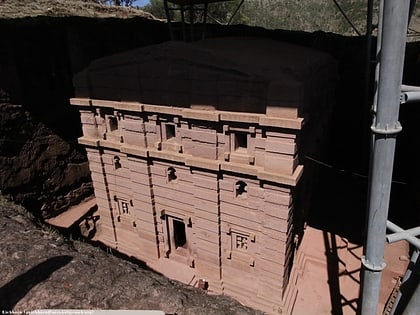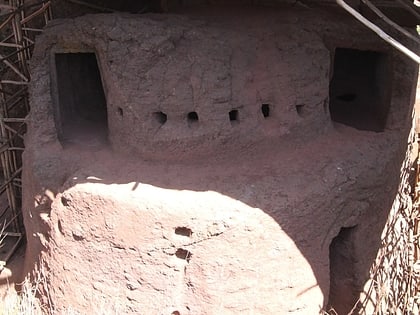Monolithic church, Lalibela
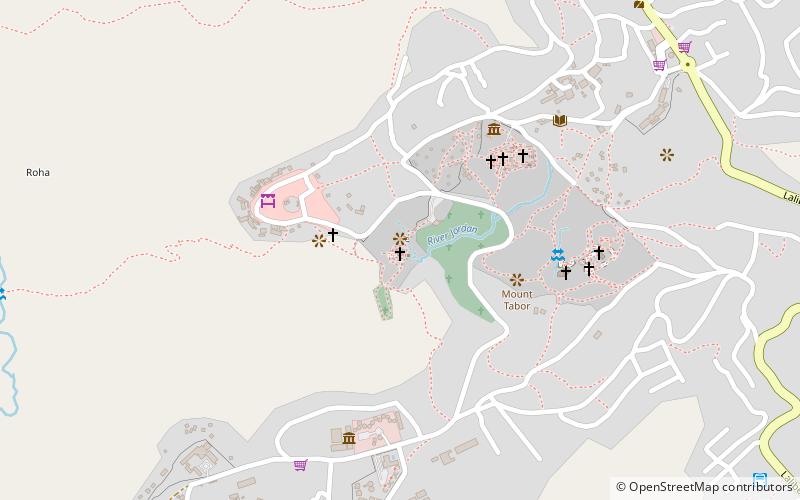
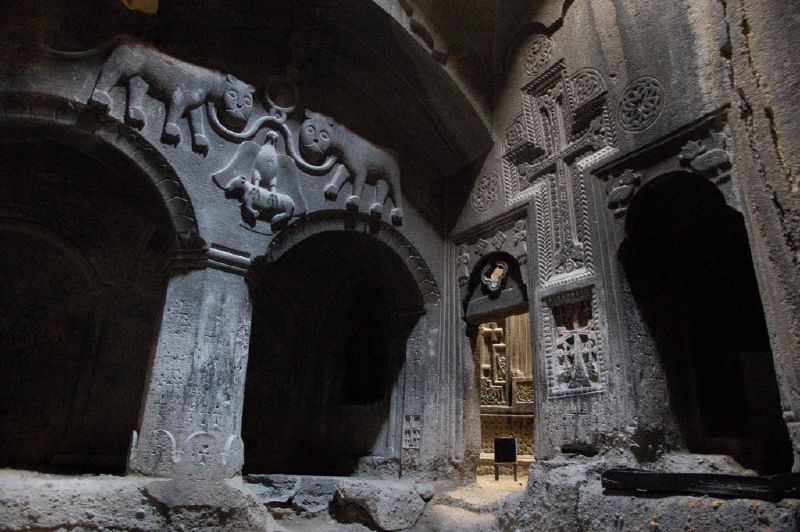
Facts and practical information
Nestled in the rugged mountains of northern Ethiopia lies an architectural marvel that has stood the test of time: the Monolithic Church of Lalibela. Carved directly into the rock, this church is not only a testament to human ingenuity but also a significant pilgrimage site for followers of the Ethiopian Orthodox Tewahedo Church.
Dating back to the 12th and 13th centuries, the churches of Lalibela were commissioned by King Lalibela, who sought to create a 'New Jerusalem' for those who could not make the pilgrimage to the Holy Land. These structures are renowned for their monolithic design, meaning each church was chiseled out of a single block of granite, from the top down, with an extraordinary level of precision and care.
The most famous of these churches is the Church of Saint George, known locally as Bete Giyorgis. It is distinguished by its cross-shaped design and the network of trenches and ceremonial passages that connect it to the other churches in the area. The site's resemblance to an obelisk, with its towering, singular form rising from the bedrock, is a striking feature that draws visitors from around the globe.
The Monolithic Church of Lalibela is not just an archeological wonder; it remains an active site of worship, with priests and pilgrims frequenting its sacred halls adorned with rich frescoes and religious artifacts. The church hosts the annual Timkat festival, a colorful celebration of the Epiphany, drawing crowds of worshippers and curious tourists alike.
Declared a UNESCO World Heritage site in 1978, the Monolithic Church of Lalibela is a place where history and spirituality converge. Open to visitors year-round, the church offers a unique glimpse into ancient religious practices and architectural accomplishments that continue to inspire awe and reverence.
Lalibela
Monolithic church – popular in the area (distance from the attraction)
Nearby attractions include: Church of Saint George, Biete Medhane Alem, Biete Gabriel-Rufael, Biete Maryam.
